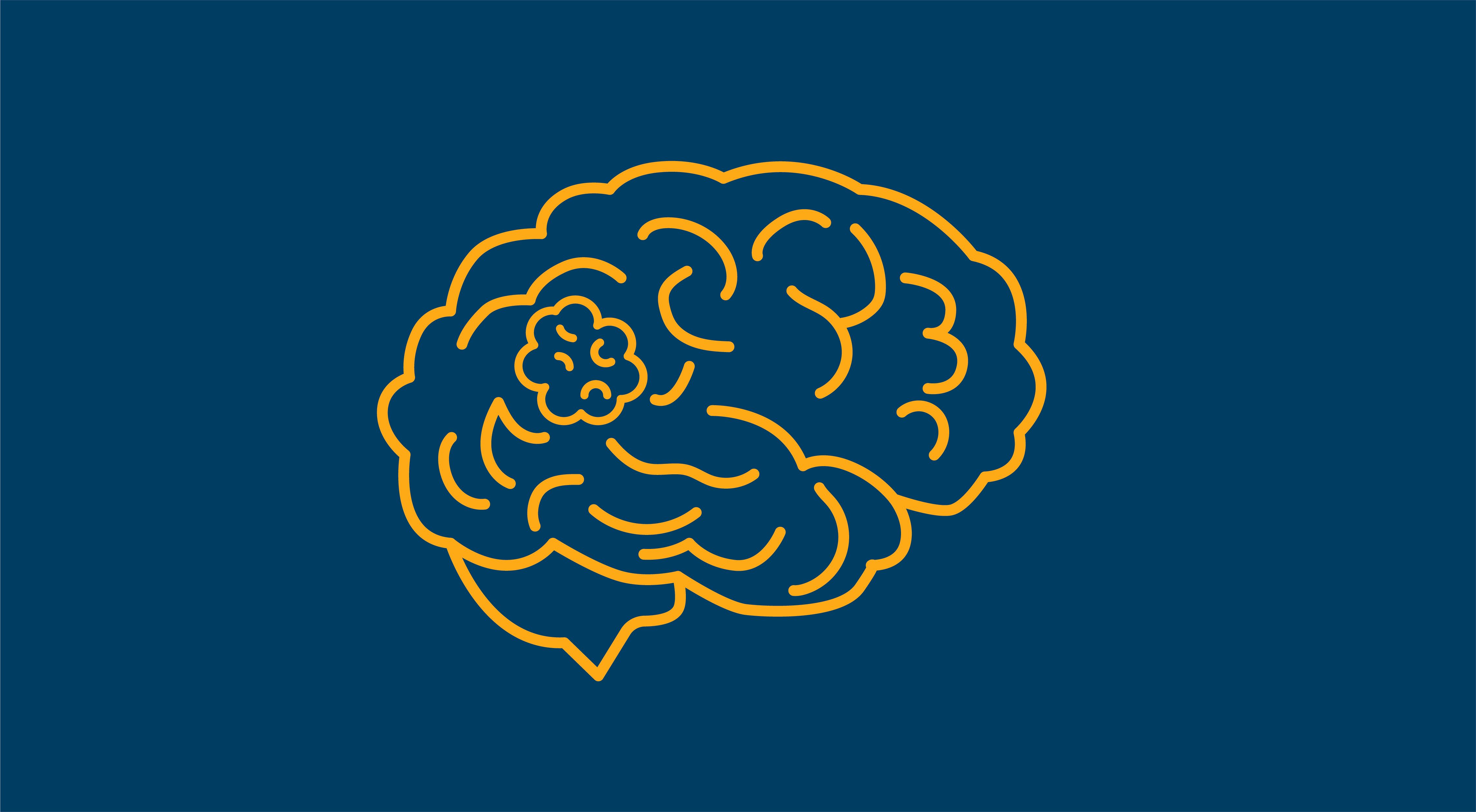Genetic Variants Influence Treatment, Surveillance of Children with Medulloblastoma
Based on the identification of 6 gene variations that make carriers susceptible to developing medulloblastoma and possibly other cancers, researchers have proposed subgroup-based counseling and screening recommendations.
Genetic Variants Influence Treatment, Surveillance of Children with Medulloblastoma

Medulloblastoma is the most common malignant brain tumor among children, accounting for about 20 percent of all childhood brain tumors, according to St. Jude Children’s Research Hospital.
Researchers have identified 6 gene variations that make carriers susceptible to developing medulloblastoma and possibly other cancers. Armed with the knowledge, they have proposed subgroup-based counseling and screening recommendations for these patients.
In 2012, the neuro-oncology community formally recognized four main molecular subgroups that are now a part of routine diagnosis—WNT, sonic hedgehog, group 3 and group 4—with different clinical and biological characteristics and treatment outcomes, explained study author Paul Northcott, PhD, assistant member of the Developmental Neurobiology Department at St. Jude Children’s Research Hospital.
“Almost a decade ago we uncovered molecular heterogeneity among different medulloblastoma patients in the form of what we termed ‘subgroups,’” he said in an interview with CURE®, a sister publication to Oncology Nursing News®. “Subgroups of patients were determined to have characteristic molecular profiles as well as distinct clinical features, patient demographics and outcomes to therapy.”
The disease is thought to occur sporadically; however, rare cases have also been associated with genetic disorders like Li-Fraumeni syndrome or Gorlin syndrome. Consensus medulloblastoma predisposition genes have not been defined and screening guidelines for genetic counselling and testing for these patients are not available.
Therefore, researchers from St. Jude Children’s Research Hospital, Hopp Children’s Cancer Center at the NCT Heidelberg (KiTZ), Germany, and The Hospital for Sick Children in Toronto, aimed to assess and define these genes to provide evidence for future screening guidelines.
In the international, multicenter study, the researchers used data from retrospective (673 patients) and prospective (349 patients) study cohorts, from whom blood samples and tumor samples were analyzed for germline mutations in 110 cancer predisposition genes. Results were reported in Lancet Oncology.
Of what was noted as the largest analysis of genetic predisposition in pediatric brain tumors, the researchers found that the APC, BRCA2, PALB2, PTCH1, SUFU and TP53 genes play a role. The APC, BRCA2 and TP53 genes were also associated with an elevated risk for breast, colon, ovarian and other cancers in these patients.
The newly identified predisposition genes accounted for about 20 percent of the sonic hedgehog subgroup and about 5 percent of cases overall. They also ranged from less than 5 percent in group 3 or group 4 medulloblastoma to about 10 percent of patients with WNT medulloblastoma.
“Knowing which patients are predisposed to the development of medulloblastoma due to underlying pathogenic germline variants can influence treatment decisions and ensure these patients are properly monitored for the possibility of developing secondary cancers later in life,” explained Northcott. “Likewise, this information affects the parents and siblings of the affected medulloblastoma patient, as they too could be at risk of developing medulloblastoma or other cancers.”
Because of this, the researchers developed screening and counseling recommendations for patients based on the medulloblastoma molecular subgroups, which included:
- WNT: Genetic counseling about possible high-risk APC germline variations should be offered to certain patients with WNT medulloblastoma. Those are patients without tumor cell (somatic) mutations in the gene CTNNB1, which codes for the protein β-catenin.
- Sonic hedgehog: Genetic counseling and testing should be offered to all patients in this subgroup for some or all of the following genes: SUFU, PTCH1, TP53, PALB2 and BRCA2. The analysis also revealed that high-risk germline TP53 variations were a risk factor for medulloblastoma treatment failure.
- Group 3 and Group 4: These subgroups account for 65 to 70 percent of all medulloblastoma, but less than 5 percent of cases were associated with the cancer predisposition genes. Researchers recommend counseling and testing of PALB2 and BRCA2 in patients with family histories of breast, ovarian or other cancers associated with mutations in BRCA genes.
“Our results published in Lancet Oncology are likely to rapidly disseminate in our community and the onus will be on treating physicians and those designing and leading clinical trials for medulloblastoma to implement our proposed guidelines,” said Northcott. “Over time, these guidelines are likely to become recommendations of the (World Health Organization), increasing the impact of our findings and the likelihood of these recommendations being implement into everyday practice.”


